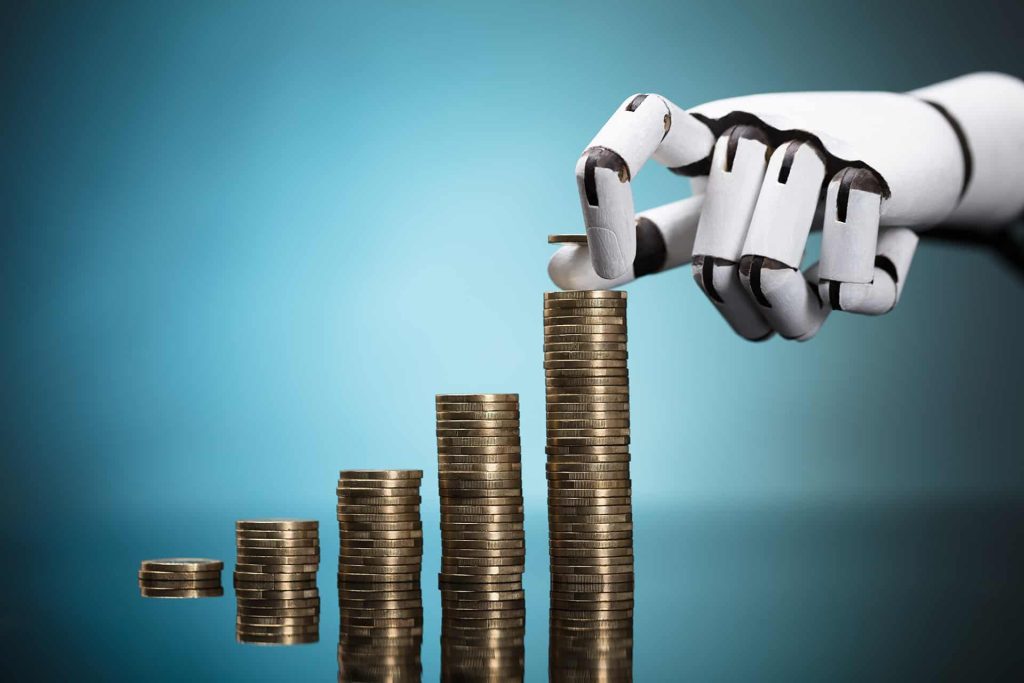As central banks navigate the treacherous waters of slow growth and stubborn inflation, a new lifeline appears on the horizon—artificial intelligence. With its promise to transform productivity across sectors, AI is being heralded as a potential macroeconomic counterweight to stagflation. But can this technological revolution truly offset the dual burden of rising prices and stagnating output, or are we pinning our hopes on a digital mirage?
Understanding the Stagflation Threat
Stagflation—defined by the toxic combination of slow or negative economic growth, high inflation, and rising unemployment—has haunted economists since the 1970s. It is notoriously difficult to combat: the usual tools for fighting inflation (such as raising interest rates) often dampen growth further, while attempts to stimulate the economy may exacerbate price pressures.
In 2024 and 2025, this threat resurfaced globally. Supply chain fragmentation, deglobalization, energy price volatility, and demographic stagnation have all contributed to a fragile growth outlook. Meanwhile, inflation—particularly services inflation—has proven sticky. In the Eurozone, growth barely hovers above zero; in the U.S., the Federal Reserve is torn between waiting out inflation and preventing a recession; and emerging markets are grappling with food and energy-driven price shocks.
Traditional productivity gains—often driven by capital investment or globalization—are failing to keep up. Into this uneasy landscape, artificial intelligence has entered with disruptive potential.
AI’s Promise: A New Productivity Paradigm
AI is not just a buzzword or Silicon Valley hype machine. From generative models that draft legal contracts in seconds to computer vision systems that detect manufacturing flaws in real time, AI is transforming workflows across white-collar and blue-collar environments alike.
According to a 2024 report by McKinsey, generative AI could add up to $4.4 trillion annually to the global economy by 2030. Goldman Sachs estimates that AI could raise global productivity growth by 1.5 percentage points over the next decade, effectively offsetting much of the demographic drag facing advanced economies.
But the critical question remains: can this AI-led productivity boom arrive fast enough to stave off stagflation?
Short-Term Constraints vs. Long-Term Potential
AI adoption is not evenly distributed. While leading firms in finance, technology, and logistics are already deploying large language models and predictive analytics at scale, many small and medium-sized enterprises lack the capital or talent to integrate AI effectively. In low-income countries, where labor is still cheap and digital infrastructure is lacking, AI’s potential remains largely untapped.
Moreover, while AI can enhance productivity, it is not immune to inflationary dynamics. Training large models requires significant energy and computing resources—often denominated in U.S. dollars. If AI infrastructure costs rise due to supply constraints in GPUs, semiconductors, or data center power, these gains may be partially offset by cost inflation in the digital economy itself.
That said, in the medium to long term, AI’s deflationary force could be substantial. Unlike physical infrastructure, digital tools scale at near-zero marginal cost. Once developed, a generative AI system can produce content, code, analysis, and customer service 24/7 with minimal incremental input.
Sectoral Impacts: Winners and Losers
Certain sectors stand to benefit disproportionately from AI-led productivity. In healthcare, AI-driven diagnostics and administrative automation could streamline costs and improve patient outcomes. In logistics, route optimization and demand forecasting can trim excesses in fuel consumption and warehousing. In finance, compliance, underwriting, and fraud detection are already being automated at scale.
The net effect is a reallocation of labor and capital. Jobs that are routine, repetitive, or data-heavy are increasingly susceptible to automation, while creative, strategic, and interpersonal roles remain more insulated—for now. If AI adoption spreads quickly, aggregate labor productivity may rise, allowing firms to produce more with less and potentially pass on these efficiency gains to consumers in the form of lower prices.
This is where AI becomes a potential antidote to stagflation: by increasing supply-side capacity even in a constrained labor environment, it can moderate inflation without requiring central banks to crush demand through excessive tightening.

Expert Commentary: Hope or Hype?
Views from economists are mixed. Erik Brynjolfsson of Stanford’s Digital Economy Lab argues that we are entering a “productivity J-curve,” where initial adoption may be slow but exponential gains await as systems mature and firms reorganize around new capabilities. He believes AI is “the most significant general-purpose technology since electricity.”
On the other hand, Mohamed El-Erian warns against “premature techno-optimism.” In a recent Financial Times column, he emphasized that productivity alone cannot fix structural issues like energy dependency, labor force aging, or geopolitical fragmentation. AI is powerful, he concedes, but it is not a panacea.
Joseph Stiglitz adds a layer of caution, noting that technological revolutions often exacerbate inequality before benefits are widely distributed. If AI leads to mass layoffs in white-collar sectors before new roles emerge, it may fuel social unrest and dampen consumer spending—further entrenching stagflation-like dynamics.
The Policy Equation: How Central Banks Might Respond
For policymakers, the rise of AI complicates monetary signaling. If productivity-enhancing AI tools suppress wage inflation by reducing labor scarcity, central banks might feel less pressure to maintain restrictive policy. Conversely, if AI leads to sectoral disruptions and job displacement without rapid retraining or safety nets, it could trigger new rounds of fiscal intervention.
Some experts advocate for a hybrid policy approach. Rather than solely focusing on rate hikes, governments and central banks could pair modest monetary restraint with fiscal investment in digital infrastructure and upskilling. This would accelerate AI diffusion while softening its disruptive impact.
Moreover, central banks must rethink their inflation models. Traditional Phillips Curve frameworks, which link inflation and unemployment, may become less predictive in an AI-transformed economy where labor dynamics decouple from output.
Investment Implications: Where Smart Money Is Going
Investors are watching this intersection closely. Hedge funds and institutional players are increasing exposure to companies with high AI leverage—not just the big names like Nvidia and Microsoft, but also mid-cap players in sectors like legal tech, digital health, and industrial automation.
At the same time, bonds remain under scrutiny. If AI productivity keeps inflation in check without stalling growth, the dreaded “stagflation” scenario could be avoided, allowing central banks to normalize rates gradually. In such a scenario, longer-duration Treasuries may rally, and equity markets could regain stability.
However, if AI adoption disappoints or proves uneven, markets may face prolonged uncertainty. In that case, a barbell strategy—balancing defensive dividend stocks with aggressive AI growth names—could hedge against both inflation and stagnation risks.
Conclusion: A Race Against Time and Policy Inertia
AI holds immense potential to rewire the global economy, lift productivity, and rebalance the inflation-growth equation. But this is not a flick-of-the-switch solution. Productivity transformations take time, often years, to fully materialize across sectors and geographies.
Whether AI can rescue us from stagflation depends on the speed and equity of adoption, the resilience of labor markets, and the wisdom of policy responses. In a sense, the world is racing against time—and against itself. Stagflation is an old foe in a new world. Artificial intelligence may indeed be our sharpest new weapon, but its effectiveness hinges not just on code, chips, and algorithms, but on human choices, governance, and trust.














































